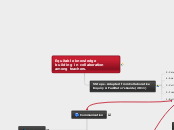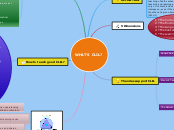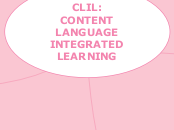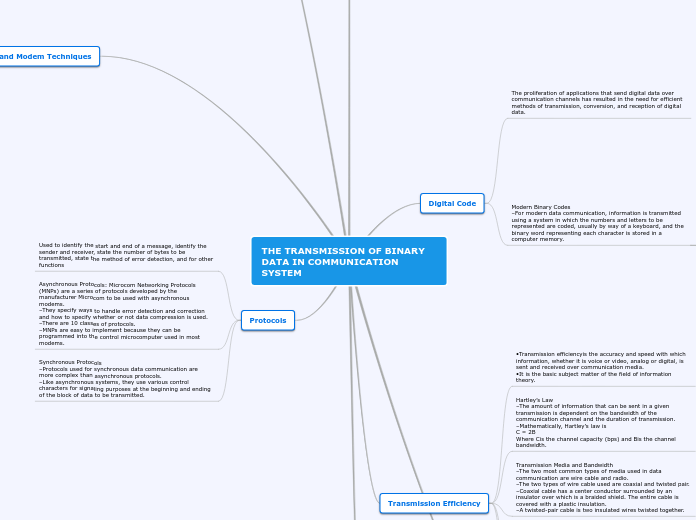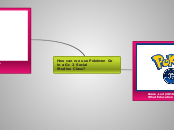Policy
• Make sure that staff and board reflect and represent the community in which you operate. Invite input from a representative group of participants, if not all of them, in the design of any event. Use their input in noticeable ways, so that they can see their "fingerprints" on the project.
• Develop operational policies and programs that confront and challenge racism, sexism, and other forms of prejudice.
Adapted from ‘Multicultural Collaboration, The Community Toolbox (Chapter 28, Section 8)
Structure for Inclusion
• Create a decision-making structure in which all cultural groups and genders have a recognized voice, and regularly participate in high-level decision making.
• Find ways to involve everyone. Use different kinds of meetings, committees, and dialogue by phone, mail, or e-mail as means of including everyone in as active a role, or as informed a position as they want. Give people multiple opportunities to participate.
• Ensure all participants are comfortable with the chosen communication and collaboration platforms and have the support necessary to become comfortable with them where needed.
• Structure equal time for different groups to speak at meetings.
Adapted from Multicultural Collaboration. The Community Toolbox (Chapter 28, Section 8)
Self Reflection
For facilitators
As a facilitator, what can I do to ensure equity?
1. Self-Awareness: How am I feeling? What are my needs in this situation?
2. Empathy: Emotionally, what is happening for the other person? What are their needs?
3. Body Language: Eye contact, open/closed stance, physical distance.
4. Verbal Style:
Use of “I” statements; tone; repetition
The power of silence and breath
5. Emotional Style:
Calmness, neutrality, breath
Core issues; controlling ourselves and our passions (giving others space to contribute and disagree)
A facilitator may reflect privately or with a colleague on these questions. A facilitator may wish to use a journal to track their own learning and growth throughout the process.
Identity
Refer to Activity - 'Four Dimensions of Identity'; section A i) of PME 801 Group Assignment
Bias
It is important to reflect on your own identity as a facilitator/collaborator in order to articulate your context, and also recognize possible bias. ex. I am Canadian, so collaborating in a Canadian context comes easily to me (no language barrier, etc.)- it is important for me to know what I bring to the table so that I can be conscious of areas where I may not think to accommodate.
Communication
Assume some forms of extra support will be needed for everyone to participate effectively. There is no need to single out particular individuals as having “special needs”.
• Provide an opportunity for all participants to sign up for or request translators, translated materials, sign language interpreters, large-print materials, or audio versions of materials. Make it known that these resources are on hand, and ensure that they are.
• Use inclusive and valuing language, quote diverse sources, and readily adapt to differences in communication styles.
• Learn and apply the cultural etiquette of your members.
• Learn to read different nonverbal behaviors, and interpret them as part of the dialogue.
• Make sure that everyone understands words and references that are used. Do not assume common understanding and knowledge of unwritten rules of culture. Spell things out and answer questions so that everyone is up to speed.
• Prohibit disrespectful name-calling and use of stereotypes. Respect and use personal names.
Adapted from Multicultural Collaboration. The Community Toolbox (Chapter 28, Section 8)
Choice of Language
http://www.tapartnership.org/docs/CLC%20Icebreakers%20and%20Exercises%20-%20FINAL%20(5).pdf
Platforms
• Find ways to involve everyone. Use different kinds of meetings, committees, and dialogue by phone, mail, or e-mail as means of including everyone in as active a role, or as informed a position as they want. Give people multiple opportunities to participate.
• Ensure all participants are comfortable with the chosen communication and collaboration platforms and have the support necessary to become comfortable with them where needed.
-Adapted from Multicultural Collaboration. The Community Toolbox (Chapter 28, Section 8)
Cultural awareness
Equitable knowledge building in collaboration among teachers.
5 Steps - Adapted from Collaborative Inquiry A Facilitator’s Guide (2011)
1 - Building a Collaborative Community
2 - Framing the Problem
The following are some considerations to hold in mind when framing the problem:
Write a purpose statement that is inclusive of all cultures, groups and stakeholders;
Define terms in ways that all members have a clear understanding of (relating to language, bias, class…);
Formulate a theory of action that has a shared priority for all involved, that is broad enough to include everyone, and has the potential to have a larger impact;
Assess the group’s computer literacy and choose collaborative tools that everyone can access and understand
3 - Collecting Evidence
- Consider data contributions from all stakeholder groups
Avoid bias against informal (“non-professional” or non- academic) knowledge sources
Consider student learning, demographic and perceptual data
- Who collects from which communities or spaces?
Power dynamics between researchers and data providers may affect accuracy of qualitative data
4 - Analyzing Evidence
During the data analysis process, “...any evaluation of research or an attempt to develop measures and indicators must be self-reflexive, highly participatory, respectful of and rooted in relationships, holistic, and closely tied to appropriate teachings.” (USAI p 16)
“The ultimate assessment of their “validity and reliability” is in the hands of the community and we emphasize that no translation, interpretation, or validation is needed for those “data” to declare them accurate and authentic from any research perspective,” (USAI document p16).
5 - Celebrating and Sharing
Who are the stakeholders to share with?
consider various formats for sharing according to audiences - a roundtable discussion, paper brief, mini website, open house, etc.
Who does the sharing? Research findings may be more meaningful when shared by members of one’s own community.
Are the venues that we are using for sharing limiting our audience (accessibility for different cultures, etc.)
Consider how technology can enhance accessibility of information (ex. closed captioned videos, etc.)
How are the data and process findings going to be implemented and by whom?
How will the research be used to guide necessary changes?
